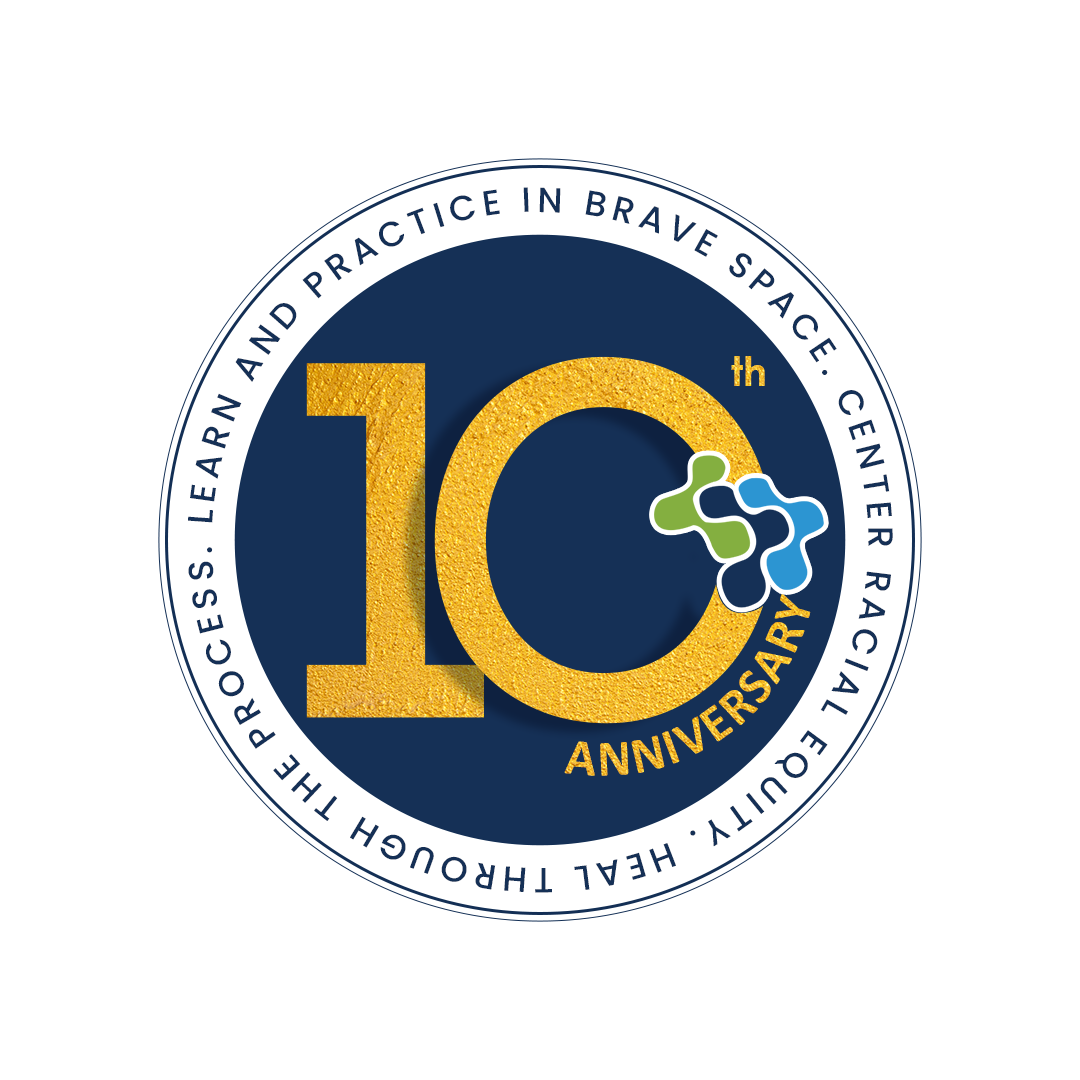Shift the Power. Free the Money. is a 4-part series to understand and embrace community-led grantmaking.
Shift the Power.Free the Money. is a reflection on how to effectively shift power and center the voice and experience of Black people especially when a foundation is committed to place-based community support. In this series, we will share our working definitions, how to get started and provide a spotlight on community-led grantmaking initiatives.
Part 2. How to Get Started
Community-led grantmaking is an intentional, facilitated, power transformational process of centering the lived experiences and voices of Black people in a defined geographical area. In Shift the Power. Free the Money. Lessons in Community-led Grantmaking. Part 1, I shared the key characteristics of community-led grantmaking. Arriving at those characteristics requires intentional commitment that does not happen overnight.
We have been a witness to the ebbs and flow of community-led grantmaking. It is a public learning endeavor for the grantmaker and the community that centers vulnerability, interpersonal grace and integrity. We have witnessed grantmakers jumping into a community-led grantmaking initiative without thinking about the dissonance it may cause regarding their internal culture and their readiness to be confronted.
To get started, there are key activities that are required to create a fertile ground for community-led grantmaking to seed and grow. The following are reflections on the critical elements to get started.
Define Power Sharing Readiness
How ready is your organization to…
- Center final grantmaking decisions from a Black community?
- Listen and incorporate feedback from a Black community on your grantmaking process?
- Receive and incorporate the funding priorities from a Black community?
You must interrogate your practices and policies on how closed or open they are to power sharing. This will determine how ready you are to embark on this journey and what you may need to get ready.
Confront the History of Redlining in Your Grantmaking
It is imperative that your organization confront the history of redlining in your grantmaking. You must do this work. For at least 10 years, investigate who has received funding to serve in your defined geographical area. Questions to think about are:
- What is the demographic of the leaders of the funded organizations?
- What was their budget size?
- Were they based in the defined geographical area?
- Who made the final grant decisions?
- What were the grant application requirements? Did these requirements prevent Black-led, community-based organizations from applying?
- Who are long-standing Black-led organizations in the defined geographical area? Have they received funding from your foundation? Why or why not?
If you have never funded in the defined geographical area, you still must do the work of analyzing grantmaking. Conduct research by investing in a Black-led firm preferably located in the defined geographical area. A great example of external research on grantmaking in a geographical region was recently done by the Atlanta Regional Commission on arts funding.
After you have completed your research, it must be circulated within your organization and discussed through facilitated spaces by a skillful, racial equity centered Black consultant. These discussions must center on how the organization wants to change their practices and policies and how it will be shared publicly. Keep in mind that community-led grantmaking is a public learning endeavor.
Reconcile
After you have defined the history of redlining in grantmaking, you must focus on reconciling what has been defined in past grantmaking practices. The history must be used to share with the community.
Your organization must be open to listen to the reactions and recommendations from the community. An important question to center is how do we make amends?
Engage
Community-led grantmaking requires community engagement that centers the voice and experience of Black people. This will require that your organization first investigate how your internal culture centers the voice and experience of your fellow Black colleagues. How well your organization is working internally to center the voice and experience of your fellow Black colleagues will determine your organization’s ability and integrity to center those same voices and experiences publicly. Based on this investigation, begin to shift your culture to feel and understand what is required to center the voices and experiences of Black people.
Ask to join already curated Black spaces. During those opportunities, share your history research on redlining to get feedback on what your organization can do differently in the grantmaking process and how the community would like to show up in the process.
Define Commitment
Based on everything you have learned about your internal culture, define your commitment.
- How long is this commitment?
- What are the current boundaries?
- What is your organization’s learning journey to stay committed?
- How much funding can we commit?
- How will we center the voices and experiences of Black people?
These are all important questions to answer and share publicly with the community.
Community-led grantmaking is not a linear process. As long as you are committed to it, It will cause ongoing internal culture transformation shifts while implementing it. You will have to be vulnerable. You will have to learn in public. And, sometimes, you will be uncertain of the next steps. You have decided to embark on a journey that has never been done consistently in grantmaking. But, the rewards in self-determination for a Black community is great.
If you are ready to look inward; tell the truth about your grantmaking; and, find reconciliation, you may be ready to get started.
Stay tuned for Part 3: Community-Led Grantmaking Spotlight: THRIVE Thomasville. I will share an inside look into an active community-led grantmaking initiative.
CommunityBuild Ventures’ community-led grantmaking work is made possible by the genius of our cooperative members, Neith Sankofa, Sheronde Glover, Trequita Overton, Kysha Cameron, and Natasha A. Harrison. The lessons from community-led grantmaking are made possible by their expertise, commitment, intuition, passion, and love for Black people.


